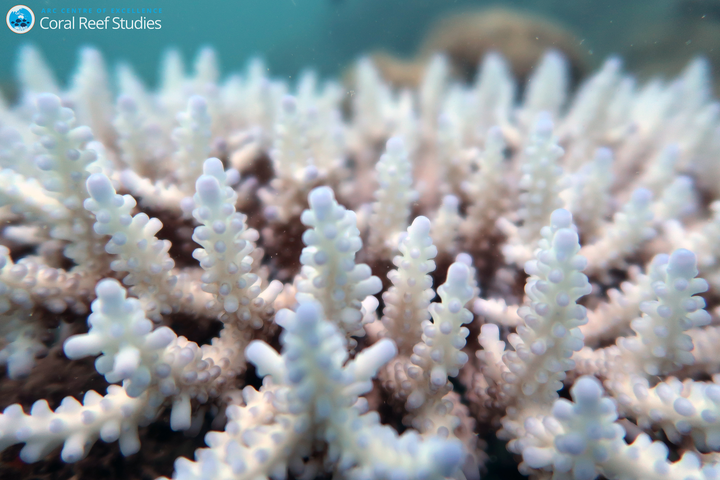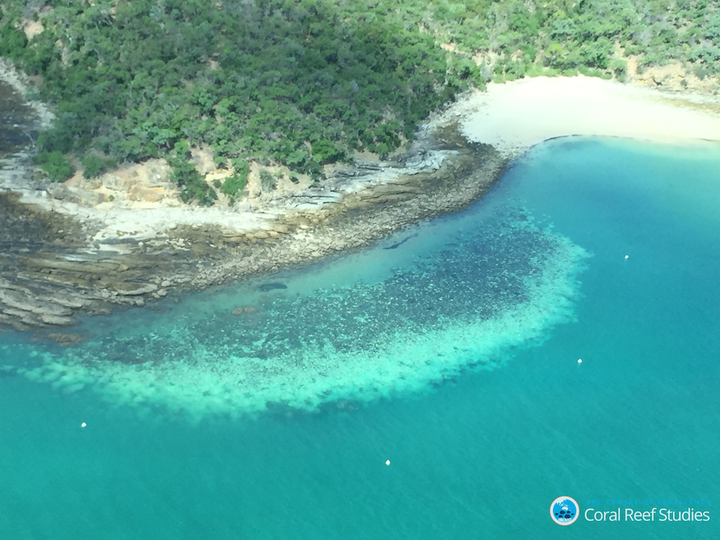SYDNEY — The Great Barrier Reef, Australia’s underwater crown jewel, has been hit with the most severe and widespread mass bleaching event scientists have ever recorded and the third in just five years.
“For the first time, severe bleaching has struck all three regions of the Great Barrier Reef – the northern, central and now large parts of the southern sectors,” Terry Hughes, director of the country’s ARC Centre of Excellence for Coral Reef Studies, said Tuesday.
Hughes recently finished a two-week survey of more than 1,000 reefs that make up the Great Barrier after a period of record or near-record heat around the globe. 2019 was the second-hottest year ever recorded and the world’s oceans were the warmest scientists have ever seen last year. And researchers said average sea temperatures in February on the reef were in places 1.25C above normal, the highest readings since record-keeping began in 1900.
Those statistics are bad news for the delicate coral polyps that make up the region’s iconic reefs. Corals bleaching occurs most often when sea temperatures spike above normal, effectively cooking the structures and leaving them direly weakened. In minor cases, reefs can recover, and some types of coral are more resilient than others. But in severe cases, many corals die. Hughes noted in an article on Tuesday that in 2016, another year that saw a mass bleaching event, half of the shallow water corals in parts of the Great Barrier died between March and November of that year.
During last month’s surveys, Hughes said about 60% of the reefs observed were bleached either moderately or severely, prompting him to opine that he felt like “an art lover wandering through the Louvre….as it burns to the ground.”
“I’m not sure I have the fortitude to do this again,” Hughes continued on Tuesday after the news on the extent of the bleaching was released. “It’s heartbreaking to see the Great Barrier Reef decline so fast.”
The reef has now seen five total mass bleaching events spurred by increasingly hot ocean temperatures: in 1998, 2002 and two back-to-back years in 2016 and 2017 that scientists likened to an underwater apocalypse.
Australia’s lead agency monitoring the structure, the Great Barrier Reef Marine Park Authority, has openly spoken about the future of the reef, particularly as the world fails to rein in runaway climate change. Last August, the body downgraded the outlook for the reef from “poor” to “very poor.”


“Climate change is escalating and is the most significant threat to the region’s long-term outlook,” the authority said at the time. “Significant global action to address climate change is critical to slowing deterioration of the reef’s ecosystem and heritage values and supporting recovery.”
The country also told UNESCO, the UN’s heritage committee, the reef was “under pressure.” The group is set to review the Great Barrier’s status as a world heritage site later this year (it’s unclear if that meeting will go forward due to the COVID-19 pandemic).
Hughes and his colleagues plan to do underwater surveys later this year to determine how badly the most recent bleaching has impacted the reef. Researchers don’t expect the same level of die-off seen in 2016 and 2017 as many of the more vulnerable corals have already succumbed. But without dramatic action to scale back greenhouse gas emissions, he warned the future for the iconic structure remained grim.
“The Great Barrier Reef will continue to lose corals from heat stress, until global emissions of greenhouse gasses are reduced to net zero, and sea temperatures stabilize,” Hughes wrote in an article this week. “Without urgent action to achieve this outcome, it’s clear our coral reefs will not survive.”
Calling all HuffPost superfans!
Sign up for membership to become a founding member and help shape HuffPost’s next chapter
Credit: Source link